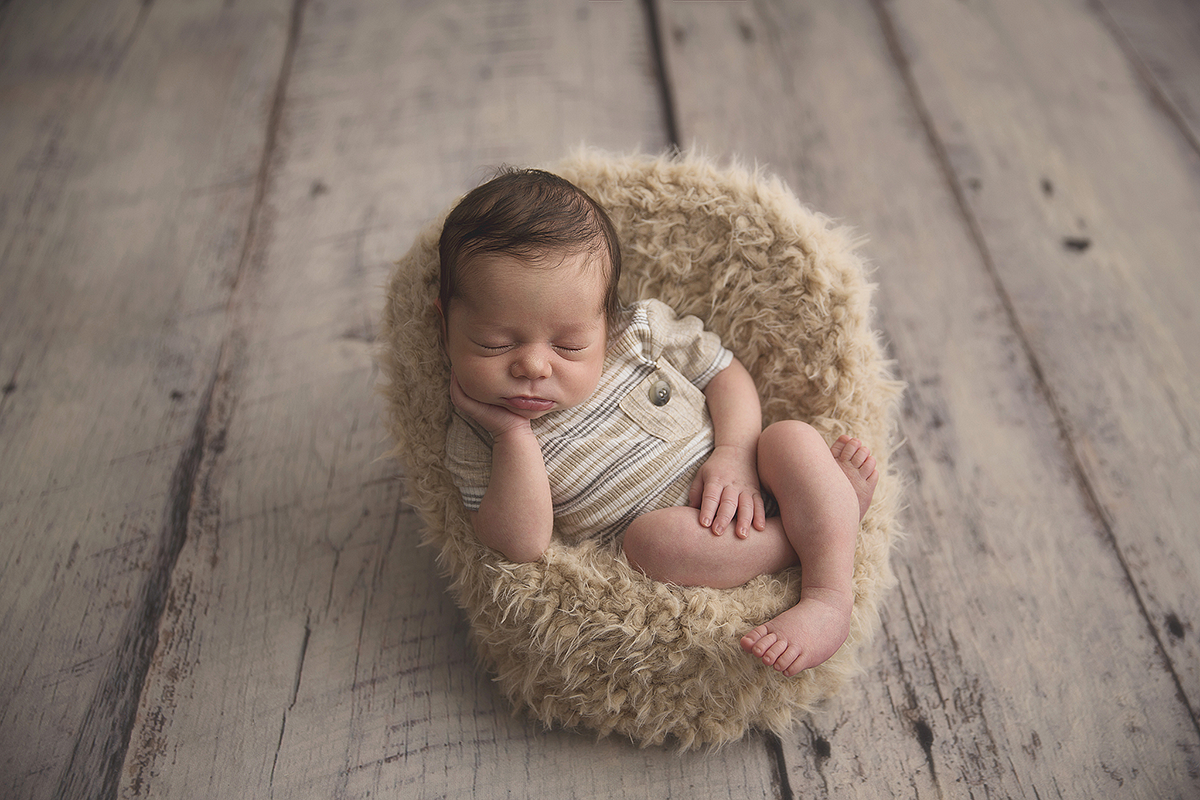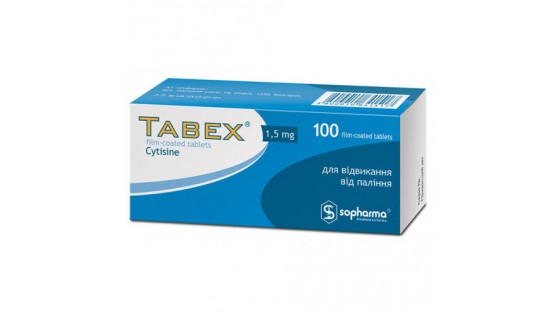Making the perfect backyard is often about choosing the ideal kind of ground cover and artificial turf has become a popular choice for those seeking a low-maintenance and visually appealing option. Here’s everything you need to know about installing and maintaining turf backyard.
What is Artificial Turf?
turf cost also known as synthetic grass, is a man-made surface designed to appear and feel similar to natural grass. It’s made from synthetic fibers, typically polyethylene or polypropylene, and is utilized in a variety of applications such as sports fields to residential lawns. Turf products of the present have evolved dramatically, with advances in technology that have led to more realistic textures and colors that closely replicate the natural grass.
Benefits of Artificial Turf
Low maintenance: One of the most significant advantages of artificial turf is its minimal maintenance demands. In contrast to natural grass, synthetic turf doesn’t need mowing, watering, or fertilizing. This results in significant savings in terms of time, money, and resources.
The durability of turf is constructed to withstand the rigors of foot traffic as well as harsh weather conditions. It is durable and maintains its appearance performance over time, which makes it ideal for high-use areas such as playgrounds and pet areas.
Aesthetic Appeal: Artificial turf provides an aesthetically pleasing and green look year-round, regardless of the weather. It can eliminate the issue of brown patches and uneven growth that can plague natural grass.
Environmental Benefits by reducing the requirement for water, pesticides or fertilizers artificial turf can contribute to environmental conservation efforts. It’s a green choice for those looking to reduce their carbon footprint.
Installation Process
The installation of artificial turf involves several key steps:
The preparation begins by clearing any existing grass, weeds, or dirt from your area. The soil is then compacted and leveled to form a smooth base.
Base Layer: A base layer of crushed gravel or rock is added and compacted to ensure proper drainage and stability.
Turf Placement It is spread out, then cut to suit the space. Seams are secured and joined, and edges are secured.
Infill: Infill material such as silica sand or rubber granules is placed over the turf in order to provide the required weight, support and improve the appearance of grass.
Brushing: The final step involves rubbing the turf in order to lift the fibers and provide a natural-looking surface.
Maintenance
While artificial turf requires less maintenance than natural grass however, a little care is still necessary. Make sure to regularly clean the grass with clean water in order to eliminate pet waste or dust and then brush the fibers to ensure they are upright and evenly distributed.
Conclusion
Artificial turf can be an attractive and practical option for homeowners looking to have an attractive, low-maintenance outdoor space. With its durability, environmental benefits, and year-round aesthetic appeal, it’s a worthwhile consideration for changing the look of your outdoor space.


